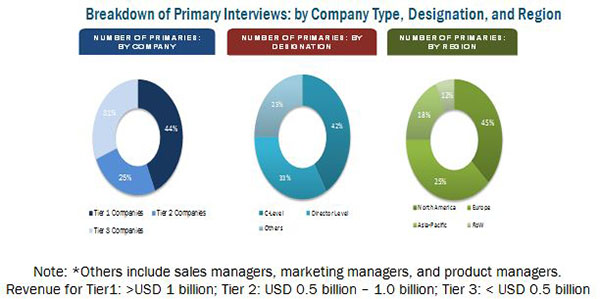The building information modeling market is dominated by the construction of commercial buildings such as retail stores and offices BIM technology for active building infrastructure is in the early stages of evolution for the AEC industry, it is largely adopted by MEP (Mechanical-Electrical-Plumbing) firms for designing. . High electricity usage in commercial buildings and the rise in energy costs have been driving the usage of building information modeling by its legacy to provide efficient power and electrical system design in construction to improve the overall performance of buildings in terms of reducing costs, decreasing wastage, and with regards to the overall retrofit improvements. For example, HVAC and lighting or window upgrades are being used in commercial buildings prior to insulation upgrades, which help save costs.
In the construction industry, there are different versions of software used for designing purposes, including CAD, AUTOCAD, and others. Building Information Modeling (BIM) is expected to replace all traditional software that were earlier used for different processes such as virtual designing, clash detection, visualization, and others. The transformation of the construction industry in terms of designing, constructing, and operating, by reducing the risks associated, is possible through the implementation of the building information modeling process.
From the climate perspective, commercial buildings are major contributors for the greenhouse gas emissions with energy mandates resulting in efficient buildings. This is also increasing the usage of the building information modeling process in the commercial sector for minimizing energy consumption, reducing water and wastewater infrastructure demands, improving air quality, and reducing the overall carbon footprint. The implementation of the building information modeling process results in social, environmental, and financial benefits to developers along with overcoming all the above hurdles.
Inquiry Before Buying @ Click Here
Construction activities in the commercial sector hold the largest share of the building information modeling market. The BIM usage in healthcare and industrial sectors is expected to lead the market during the forecast period because of construction projects such as hospitals and medical institutions as well as infrastructure, and further, manufacturing industries. The market in the industrial sector is estimated to grow significantly, followed by that for the healthcare sector. This is because structures of healthcare buildings have complex design and special requirements such as clinical laboratories, imaging, emergency rooms, and surgery theatre along with hospitality functions such as food service and housekeeping.
